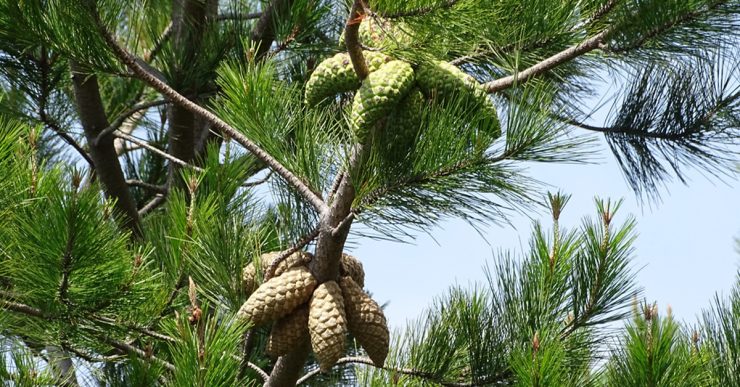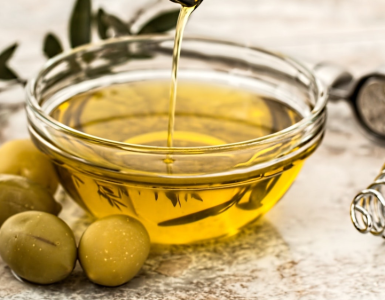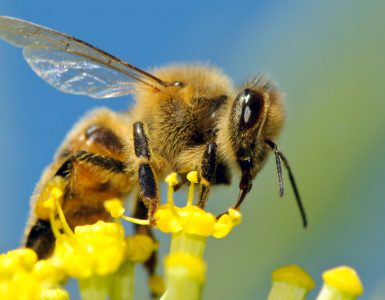Plants are not only beneficial to humans but also act as an alternative to restore highly despoiled soils. Established plantation’s success mainly depends on the use of plants that are adaptable to poor nutrient soil. Pinus greggii is a small to medium-high pine tree native to eastern Mexico and also known as Gregg’s pine. This endemic Mexican pine tree has an open crown and long and slender branches and adapts to nutritional scarce soil conditions that are slightly alkaline, with a pH range of 7.0-8.0. Burney et al. (2015) informed that this pine species has a great potential for forest plantations to help the retrieval of worn soils. In Mexico, most nurseries use forest soil for Pinus greggii production, as the key component of the growing media that often creates a compacted and poorly drained system inside the container. About 60% of nursery-grown seedlings are obtained from the native production method, by shoot transplant using forest soil in polybags.
Oliet et al. (2004) studied that nutritional demand information of most forest species, specifical endemics, is inadequate; that delays the commencement of nutrition-related programs and nutritional diagnosis results in false applications of fertilizer that leads to economic losses and environmental degradation. The determination of nutrients can be carried out by different techniques in pine. The most commonly used technique is nitrogen determination by wet digestion, by the method of Kjeldahl (Arteaga-León et al. 2018). Other micronutrient and macronutrient concentrations are determined by atomic absorption spectrometry. These wet digestion measures need the use of hazardous concentrated acids and time-taking processes that can lead to systematic failures and errors.

A novel researched published in Asian Journal of plant sciences to study the applicability of the ‘Inductively Coupled Plasma Optical Emission Spectroscopy (ICP-OES)’ in comparison with ‘X-ray Energy Dispersive Spectroscopy (SEM-EDS), methods. This reach conducted by the Casique-Valdés et al. (2021) in which researchers also studied the elemental analysis of Pinus greggii var. greggii grew in traditional soil management (TM) and conventional management with Peat Moss (PM) in the greenhouse.
The results found that a conventional management substrate (peat-based) is recommended for the production of Pinus greggii seedlings since plants show a higher mineral absorption concerning plants grown in forest soil. The researchers demonstrated that the nutrient uptake in both detection methods comprising ICP-OES and SEM-EDS followed the same tendency with a highly significant Pearson correlation for P, K, Ca and S elements. The further elaborated that percentage of nitrogen in the plants was higher when analyzed by micro-kjeldahl in comparison with SEM-EDS. They claimed that it is possible to determine the elemental composition of Pinus greggii seedlings using the SEM-EDS technique in order to avoid the laborious and tedious procedures and use of corrosive materials, that are used in wet digestion for the mineral extraction by ICP-OES analysis.














Add comment